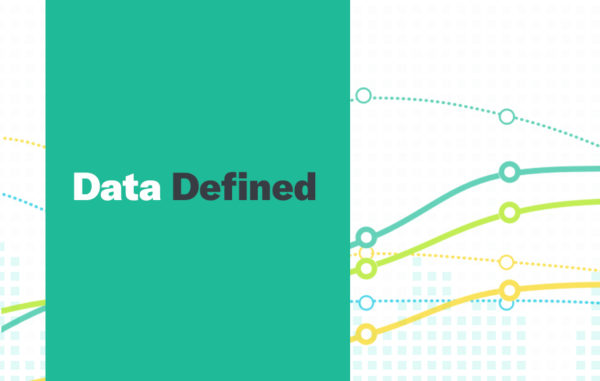DDoS Attack Defined
A distributed denial-of-service (DDoS) attack is a malicious attempt to disrupt normal traffic of a targeted server, service or network by overwhelming the target or its infrastructure with a flood of Internet traffic. Simply, a DDoS attack is like a traffic jam clogging up with highway, preventing regular traffic from arriving at its desired destination.
DDoS attacks achieve effectiveness by utilizing multiple compromised computer systems or IoT devices as sources of attack traffic. The computer systems or IoT devices become comprised when an attacker infects them with malware, turning each one into a bot. Once each device is turned into a bot, the attacker then has remote control. This type of group is called a botnet.
Once a botnet has been established, the attacker is then able to control the systems or devices by sending instructions . When the IP address of a victim is targeted by the botnet, each bot will respond by sending requests, causing the targeted server to overflow its capacity. This results in a denial-of-service to normal traffic.
Some of the most commonly used DDoS attack types include:
- UDP Flood
- ICMP (Ping) Flood
- SYN Flood
- Ping of Death
- Slowloris
- NTP Amplification
- HTTP Flood
- Zero-day DDoS Attacks
In Data Defined, we help make the complex world of data more accessible by explaining some of the most complex aspects of the field.
Click Here for more Data Defined.


